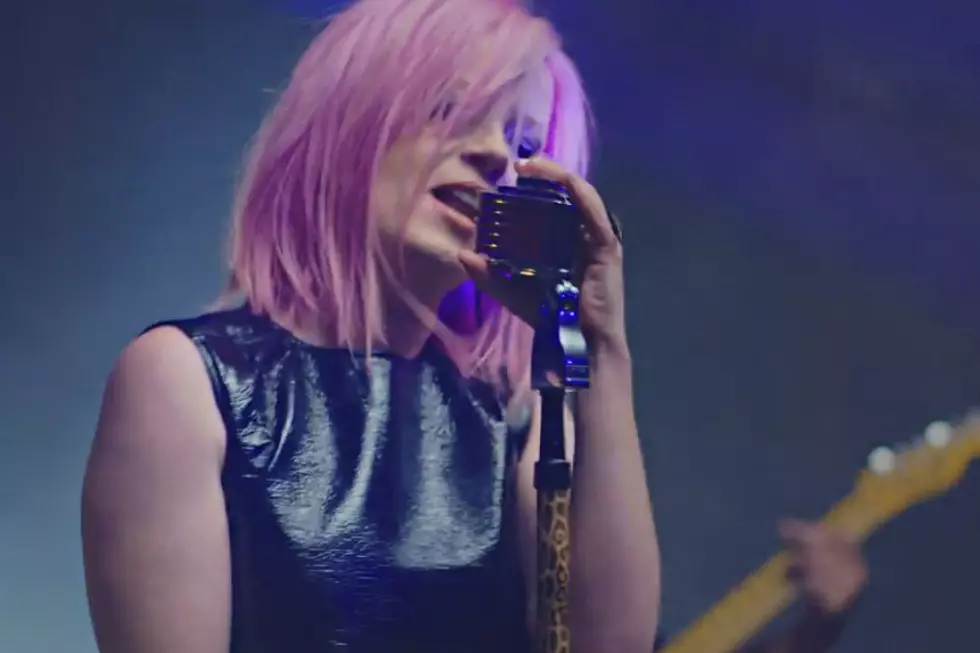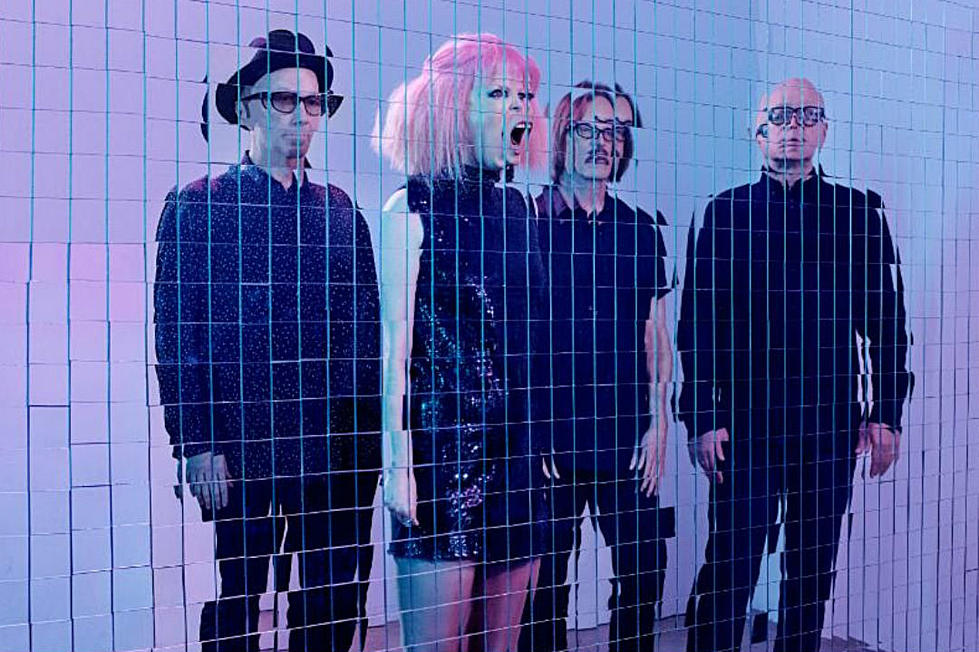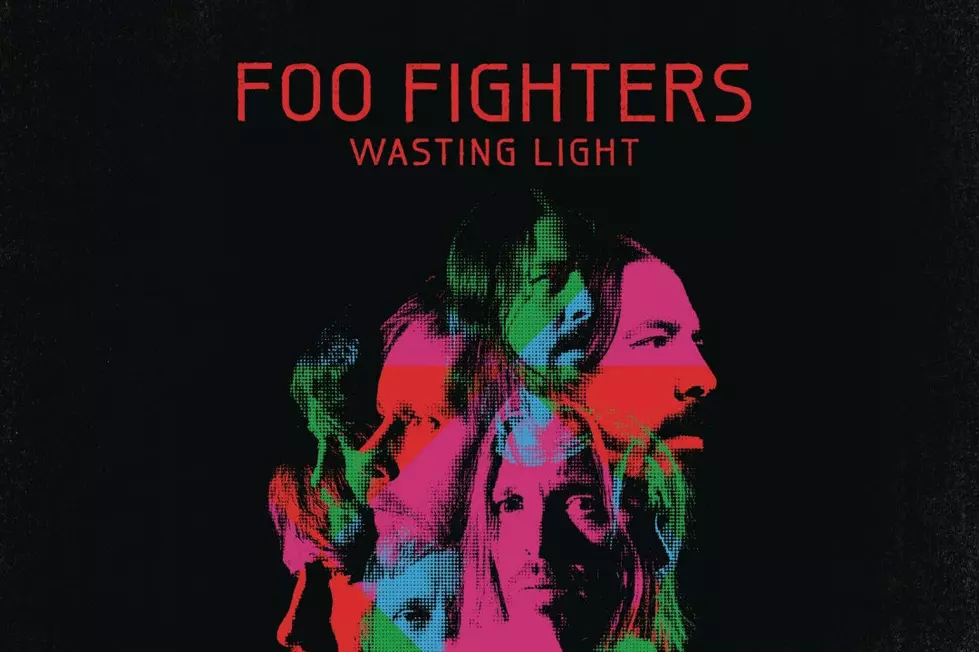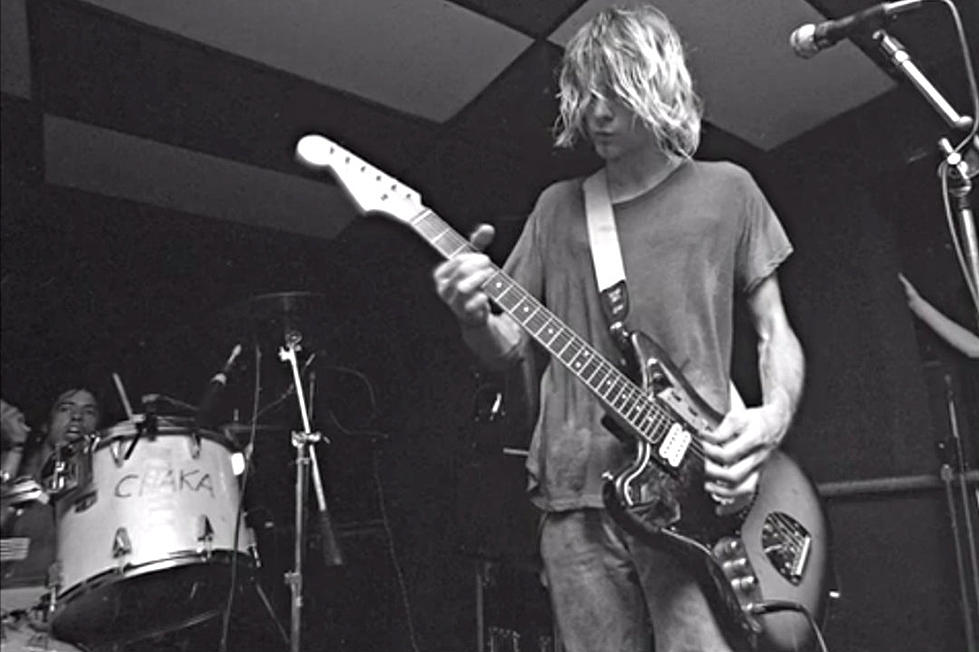
18 Years Ago: Garbage Increase Their Dance Capacity, Fix Bugs With ‘Version 2.0′
In 1998, Garbage were just winding up as the millennium was winding down. With the world in the throes of the dot-com bubble, it was an exhilarating period of technological growth. As Alan Greenspan said, it was a period of "irrational exuberance." It was also a great time to be Garbage, who may have found the precise and only moment in music history when they could name their second album Version 2.0 and have it seems fresh and relevant.
At the time, the title was more than just clever wordplay or even a nod to the band's use of digital technology. The use of "version 2.0" as branding for software and all things internet had only just reached the mainstream lexicon. And, just as with software, Version 2.0 re-introduced Garbage as a shiny, new update of a familiar product.
On their self-titled 1995 debut, Garbage (singer Shirley Manson, guitarist Steve Marker, bassist Duke Erikson and drummer/producer Butch Vig) worked within the framework of mid-90s alternative music: crunchy guitars, loud-quiet-loud dynamics, a hint of electronics and just enough girl power. Although Vig was already a celebrated producer, having helmed Nirvana's Nevermind and Smashing Pumpkins' Siamese Dream, but Garbage became instant stars in the video-friendly post-grunge era.
This is where things get interesting. The safe bet would've been to follow their debut with more of the same, but what's safe isn't always what's interesting. Prince followed the incredible success of Purple Rain with Around the World in a Day – his nod to L.A.'s paisley underground movement. Nirvana released the impenetrable In Utero on the heels of the accessible Nevermind. And, for their own sophomore outing, Garbage chose to step away from grunge and directly onto the dance floor.
This was indeed a new version of Garbage, but one with roots still clearly visible – or even expanded. They'd already stumbled upon a working formula with their genre-bending sound, but they did so by infusing a little retro style. On Version 2.0, they found their lasting persona by taking elements of familiar music and spinning it into something almost futuristic.
The lead single "Push It" name checks Salt-N-Pepa, but the band recast it with a Beach Boys-type "don't worry baby" refrain. "I Think I'm Paranoid" sounds like Beck filtered through Garbage Version 1.0, and ballads like "The Trick is to Keep Breathing" and "You Look So Fine" point to the band's fondness for Top 40 fare. It's Garbage doing what they do best: digging through the pop culture clutter, finding the best nuggets and reassembling them as something entirely their own.
Although the music was created collaboratively, Manson wrote all the lyrics. Juxtaposed against the electronica beats, she offers some of her most introspective musings in songs like "Temptation Waits" and "Sleep Together" in which she begs, "Make me a pretty person / Make me feel like I belong."
With Napster still a few years in the future, Garbage released Version 2.0 at the brink of turning point for the music industry. The "old" major label model was still very much operational, and that meant tons of cash for videos and promotion. On the other hand, the internet revolution was making computer graphics better and more affordable. It gave the band of early embracers the ability to create some of the most visually interesting videos of the decade. Their CGI video for "Special" predates the first Star Wars prequel by several months, but it might have fit right in.
Unlike with their debut, however, Garbage didn't fly out of the gate with Version 2.0. None of the singles cracked Billboard's Top 50 and the album just missed the Top 10, peaking at No. 13.
But those numbers hardly tell the entire story. It also brought Garbage two Grammy nominations and helped put them on the ground floor of the groundswell of dance-infused alternative music.
20 Albums You Won't Believe Turn 20 in 2016
More From Diffuser.fm









